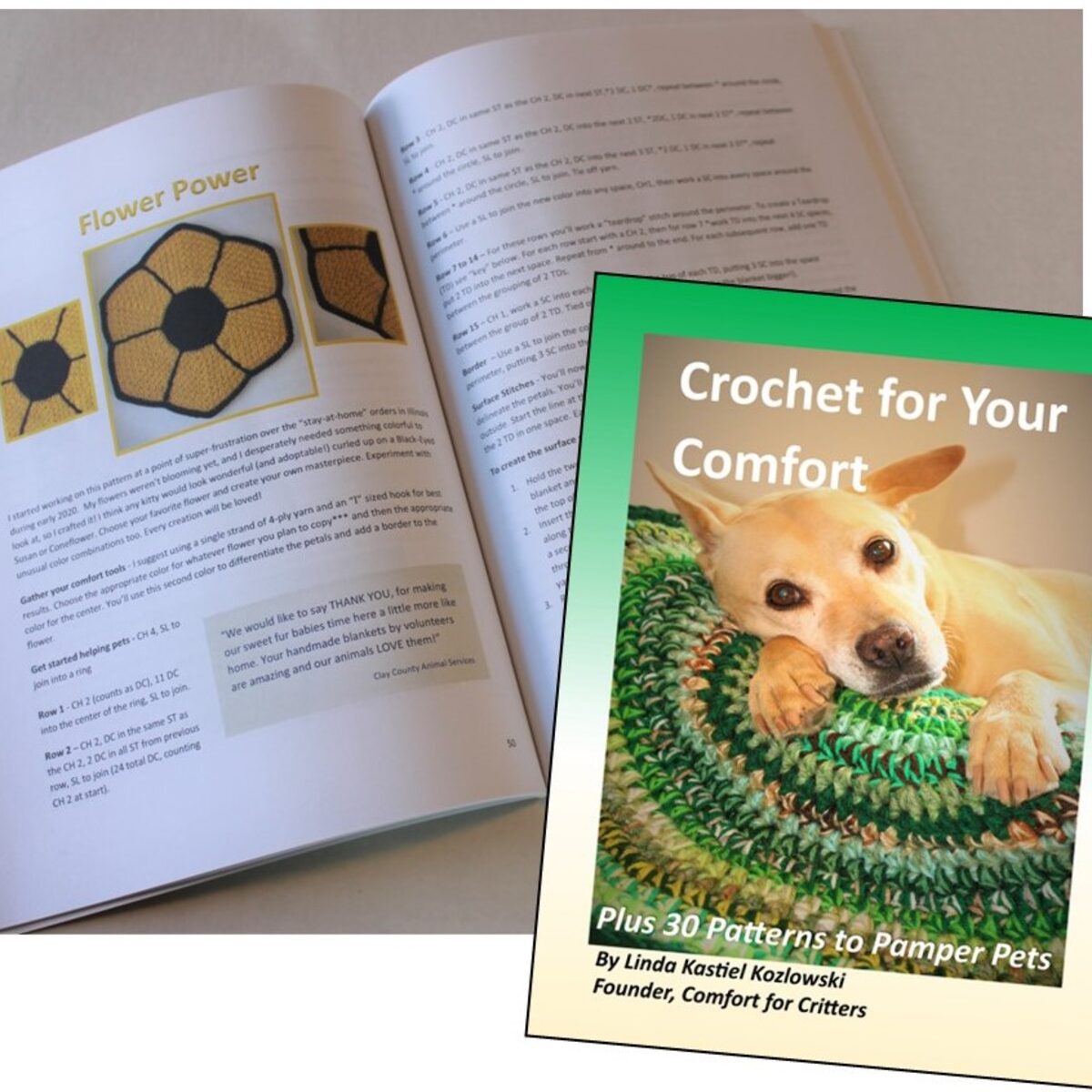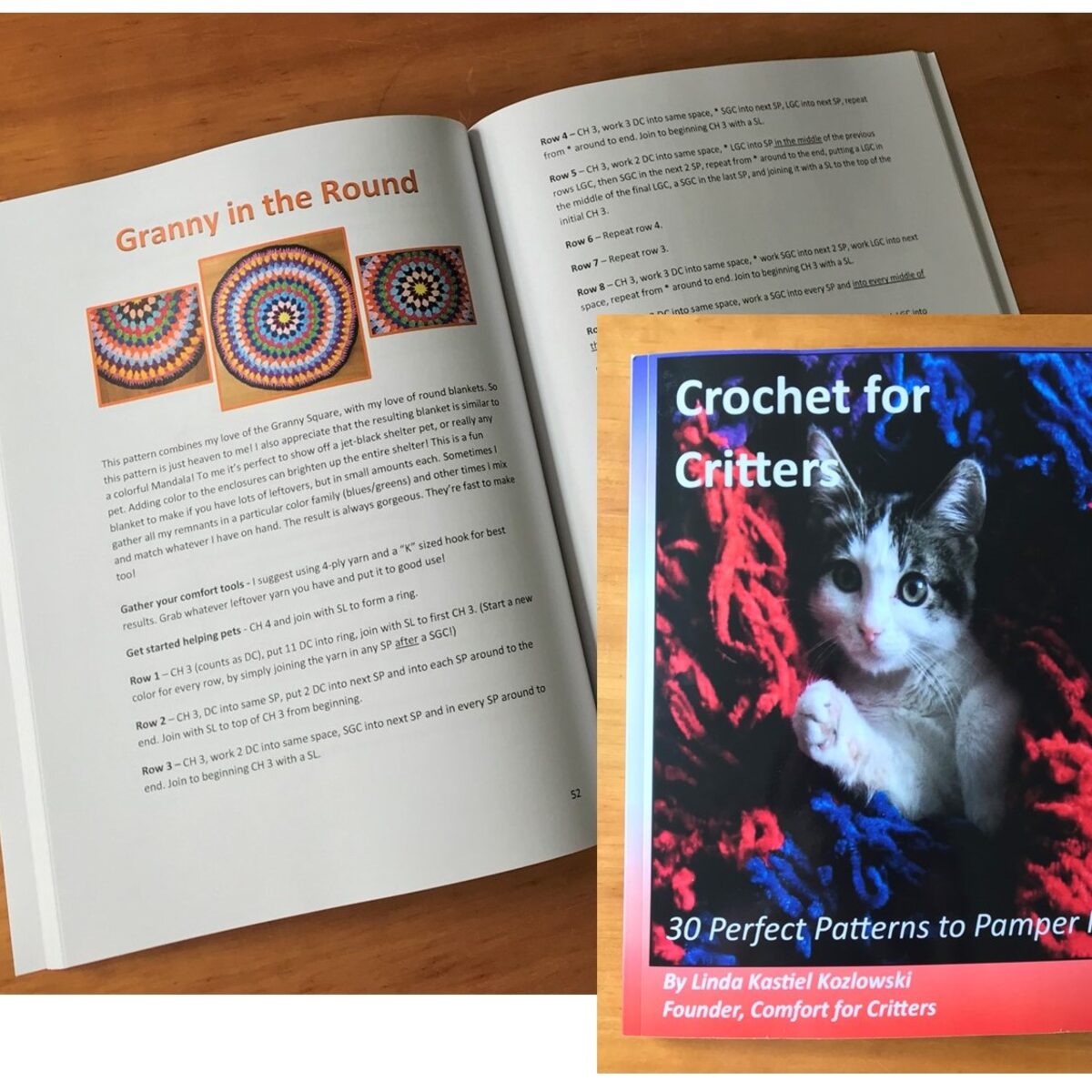 We’ve all learned to keep medications out of our children’s reach, but do we also take precautions with our pets? Between 25% and 50% of calls to animal poison control centers are for pets who have accidentally taken human medications. Some of the most dangerous are also medications found in most households. Knowing which are lethal, and how to keep them out of your pet’s reach, just may save their life.
We’ve all learned to keep medications out of our children’s reach, but do we also take precautions with our pets? Between 25% and 50% of calls to animal poison control centers are for pets who have accidentally taken human medications. Some of the most dangerous are also medications found in most households. Knowing which are lethal, and how to keep them out of your pet’s reach, just may save their life.
Common and Dangerous Medications -
Acetaminophen (Tylenol) – Both cats and dogs can be affected by this common drug. It causes liver and red blood cell damage in both cats and dogs, but cats are especially sensitive.
Ibuprofen (Advil, Motrin, Aleve) – Some brands have a sweet coating which attracts pets. When eaten by a cat or dog it can cause kidney failure and stomach ulcers, even in very small dosages.
Sleep-aids (Ambien, Lunesta) – Theses drug can make cats severely lethargic with drastically slowed breathing. Other pets can become agitated, with a racing heart rate.
Anti-depressants (Cymbalta, Effexor, Xanax, Prozac, Lexapro) – All of these are dangerous, but have differing effects on pets. They can cause a dangerous decrease in blood pressure, weakness, agitation, tremors and seizures.
ADHD medication (Adderall, Ritalin, Concerta) – These medications act as a stimulant in pets and can lead to life-threatening tremors and even seizures – even in very low doses.
What to Do First –
If you even suspect your pet has ingested any medication not prescribed specifically for them, call your veterinarian right away. Many offices have a 24 hour emergency line, covering the hours when they are closed. You may also call a poison control center, focused on pets. A commonly used one is the ASPCA Animal Poison Control Center (APCC) at 888-426-4435. It is answered 24/7 and they promise to have a veterinarian or toxicologist always on duty. There are many other poison control centers for pets (found with a quick Google search). Each one does charge a fee for the call, ranging from $35 to as high as $75. Be sure you know a bit about the organization which operates the call center, so that the guidance can be trusted.
It’s a wise move to keep the phone number for your veterinarian and the poison control center of your choice in a handy location, or on your cellphone – so that you’re not scrambling in the event of an emergency.
What NOT to Do –
If you suspect your pet has eaten human medication, never induce vomiting. In some cases this is appropriate, but in many others it can lead to more problems if it’s a drug that could cause a lung infection. Always contact an expert and let them tell you the next step. Treatment varies depending on the medication, and if regurgitation is the best course, they will tell you which way to induce vomiting (salt water, Ipecac, etc.).
Never Leave Your Pills –
On a bedside table – Although this is commonly done with sleeping pills, it makes them easily accessible to your pet.
Sitting on a counter – Or really any place your pet can reach. Kitchen counters often hold treats or food items (which some pets like to steal!), so inside a cabinet is a better choice. If you put medications in a weekly pill container, be sure to keep that off-limits as well. To a puppy or dog, it can look just like a plastic chew toy!
In a baggie – Though even the thickest pill bottle can be chewed through by a large dog, baggies that hold pills pose no barrier to any dog or cat.
In a purse (which will be within reach) – It’s common to put a purse on the floor or chair, but this puts medication well within reach of cats and dogs. Purses often contain other items (mints, cigarettes, candy) which can attract curious or hungry pets. Keep this in mind for visitors too!
Near your pet’s pills – Poison control centers report a very high incidence of pet owners mixing up pills and accidentally giving their own medication to their pet! Store your medications away from your pet’s medications (preferably in another room), so that there’s no confusion.
Keeping your pet safe really just requires some simple steps. By keeping all medication out of your pet’s reach, and keeping your veterinarian’s phone number well within your reach, our kids with four feet will be as safe and protected as those with only two!
Have you had a close call with a pet ingesting your medication? Please share so that we can all learn from it!



